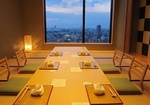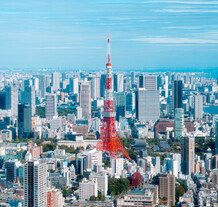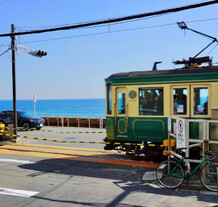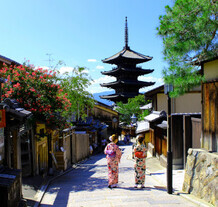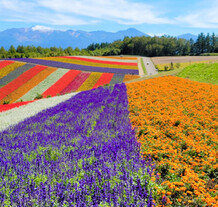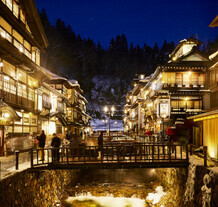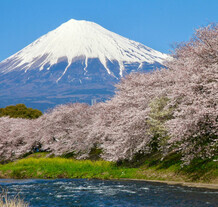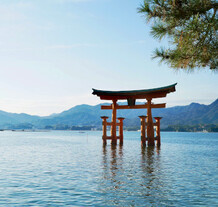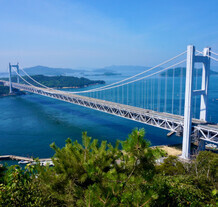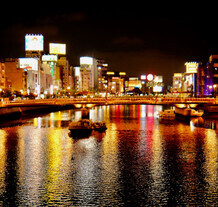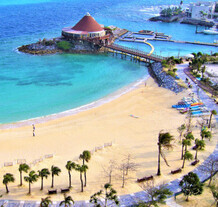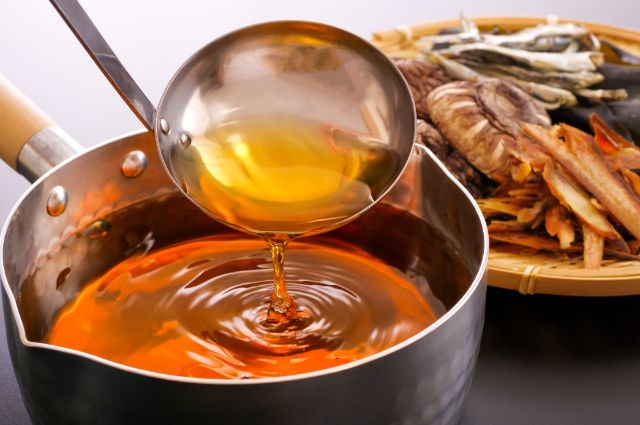
Dashi is a broth used as the base of many Japanese dishes, popular in high-class restaurants as well as ordinary households. This article will introduce the history, ingredients, and regional varieties of dashi and feature a restaurant that serves mouth-watering Japanese food packed with dashi! Read on to learn more about the appeal of dashi and its role as the foundation of Japanese cuisine.
What is Dashi?
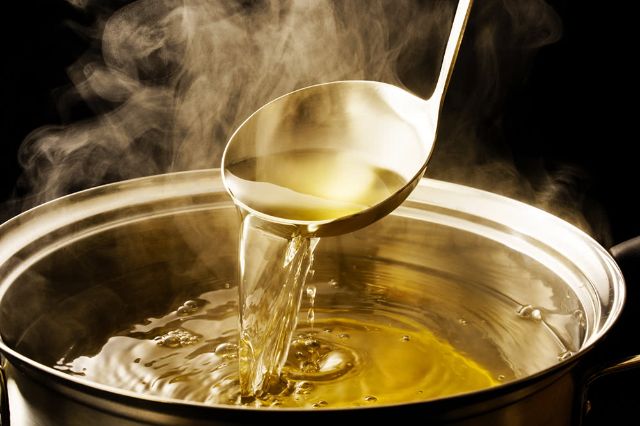
Dashi has a long history. It appears in writings dating back to the 16th century, where people can see descriptions of dashi made from dried bonito flakes being used in much the same way as today.
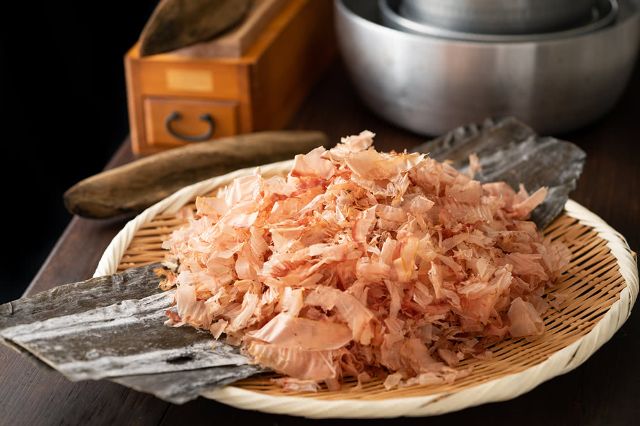
Awase dashi is made by combining dashi from multiple ingredients and is a scientifically sound cooking method. Umami (Japanese savory taste) components are classified into several types, and combining them creates a synergistic effect. For example, dried bonito flakes contain inosinic acid, found in animal products, while kombu contains glutamic acid, abundant in vegetables. While people in the 17th century were likely unaware of this scientific basis, they must have been surprised at how delicious the two tasted when combined!
Differences in Dashi culture by region
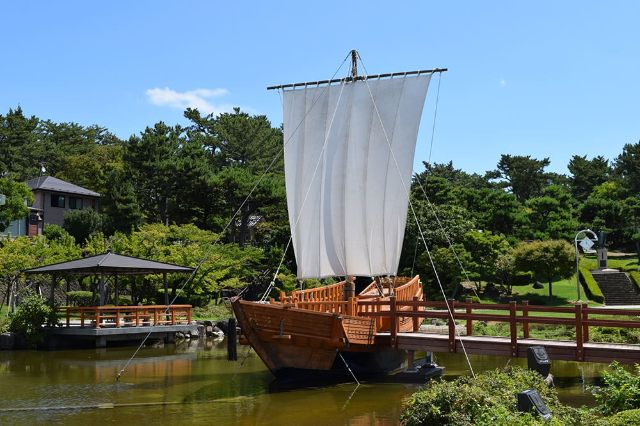
The second reason is water quality. The water in Kansai, with its low hardness, is ideal for bringing out the flavor of kombu dashi, while the hard water of Kanto is not as suitable. As such, dried bonito flakes are primarily used to make a more flavorful dashi in Kanto.
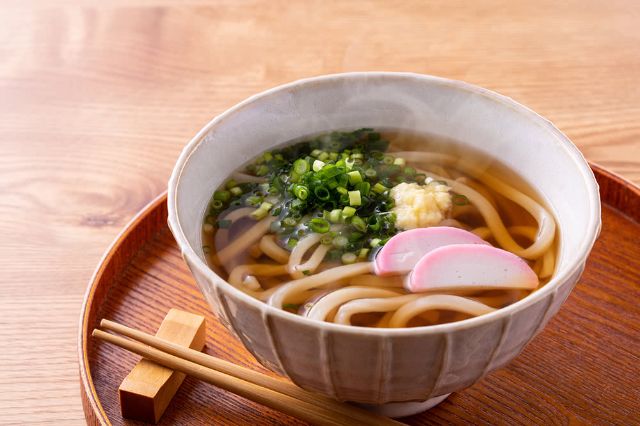
What Ingredients can be used to make Dashi?
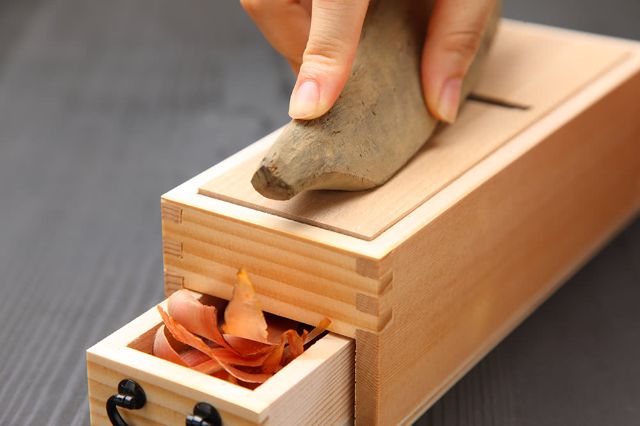
To make dried bonito flakes, bonito fish is boiled and smoked to reduce its water content to less than 26%, giving it a wood-like appearance. For use in dashi broth, this hard dried bonito is then shaved into thin flakes. These are added to freshly boiled water with the heat turned off and left for about two minutes before straining, leaving only the dashi to be used for cooking. You can easily buy dried bonito flakes at Japanese supermarkets, allowing anyone to make their own dashi without trouble.
Kombu dashi is easier to make than dried bonito flake dashi. Simply place dried kombu with a water weight of 1% in water and leave it in the refrigerator overnight. While you can also boil the kombu, this method of soaking it in water is a lot less hassle.
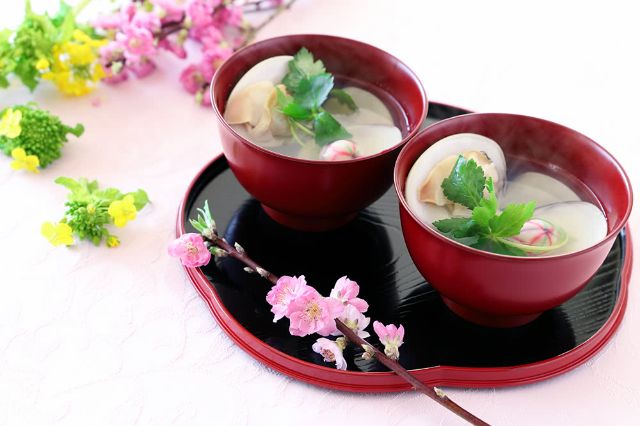
Top-tier dried shiitake are called "donko," which are harvested from late winter to early spring. Their cap has a thick flesh and rounded shape due to it not yet being open, with an elastic, resilient texture.
Soup using shellfish dashi is another dish that lets you fully appreciate the deliciousness of dashi. Shellfish contain succinic acid, another umami component. In Japan, this kind of dashi is often made with hamaguri (a type of Japanese clam), which are a spring delicacy and yield a large, delicious broth. When combined with kombu dashi, it becomes even more flavorful.
To make it, soak kombu in a pot for 30 minutes, add cleaned hamaguri with cold water, and heat. When the mouths of the hamaguri open, add sake (Japanese alcohol) and salt as the final touch. With such a strong flavor from the hamaguri, it’s hard to believe that the dish is so simple!
Recommended Japanese Dishes
Japanese Cuisine Komoriku
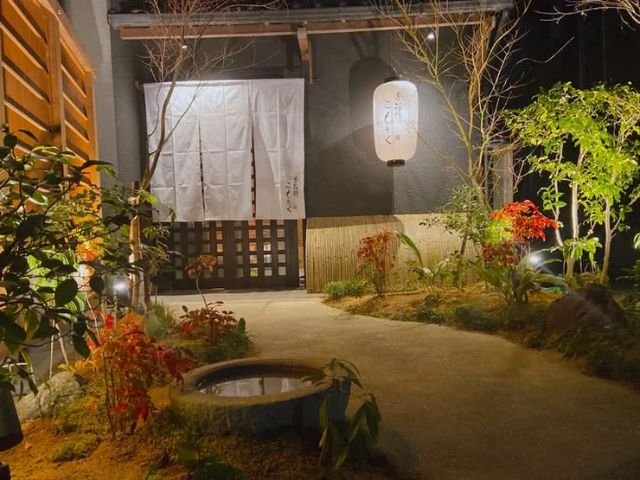
The Seasonal Specialities Full Course (7,700 JPY) is a 9 to 11-course set of beautifully plated dishes flaunting the seasons through a variety of seasonal ingredients sourced from across Japan.
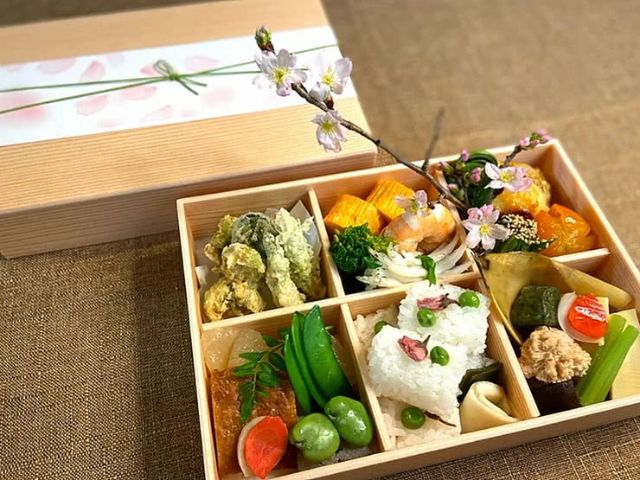
Japanese Cuisine Komoriku
Closed: Wednesday
Average price: [Dinner] 8,000 JPY / [Lunch] 2,500 JPY
Access: City Bus Line 205 - 6 minutes walk from Nishioji Matsubara stop
Address: 11-2, Saiin Oiwakecho, Ukyo-ku, Kyoto-shi, Kyoto Map
More Details Reservation






![[2023] Experience the Exquisite and Seasonal Flavors of Japan! Indulge in the Japanese Culture of Omotenashi with Kaiseki Cuisine](/gg/content_image/tn0007_002_150x105z.jpg)
